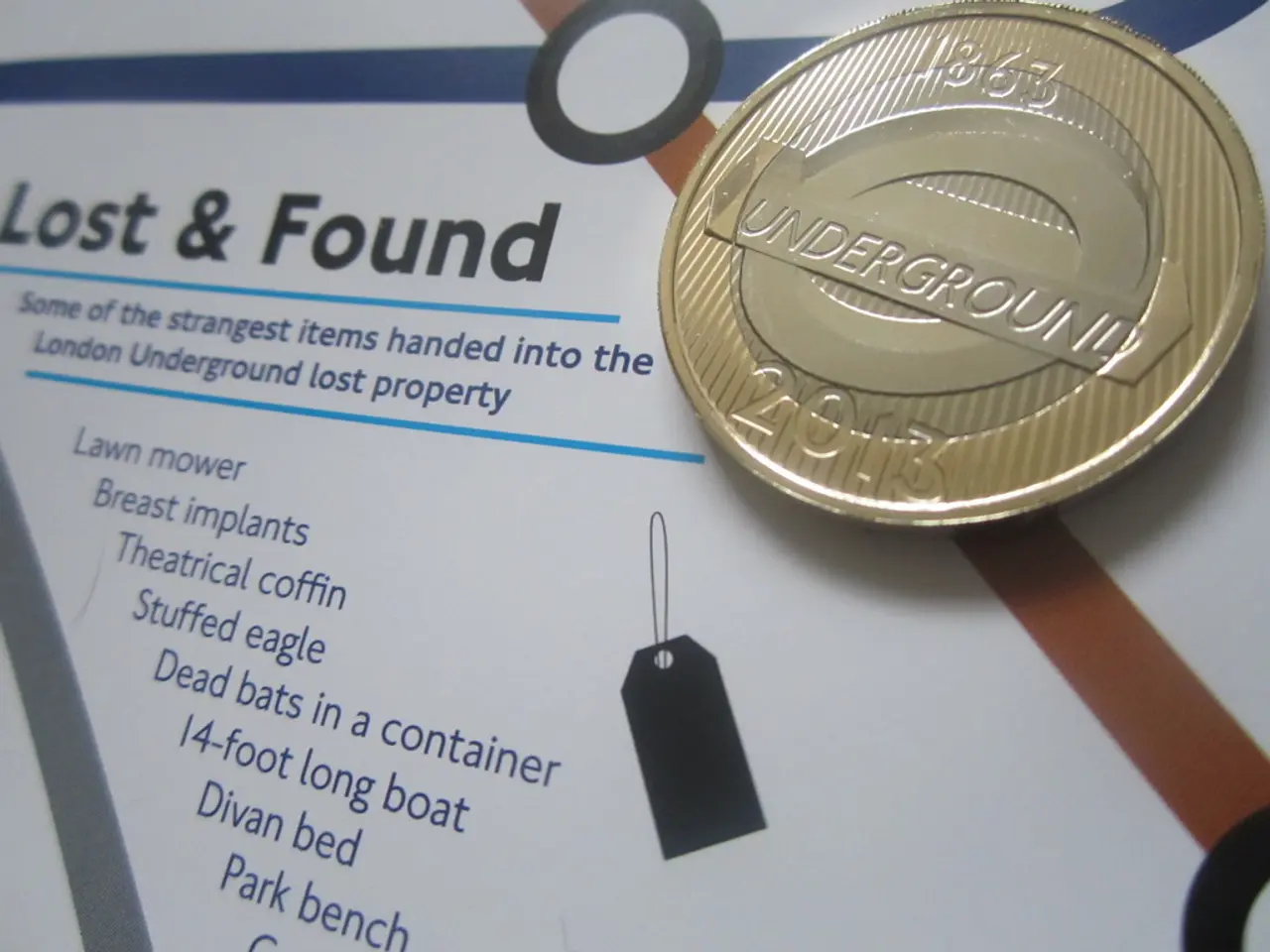Post-Abolition Remains Legal: Validity of 500 Euro Banknote Continues
The European Central Bank (ECB) ceased the production of the 500-euro note in 2019, marking the end of an era for the highest-denomination note of the Eurozone currency. Despite its discontinuation, the existing 500-euro notes remain legal tender and can be exchanged indefinitely at central banks [1][4].
The ECB's decision was primarily driven by concerns that the 500-euro note facilitated criminal activities such as money laundering, tax evasion, and illegal transactions [1][4]. High-denomination notes like the 500-euro bill allow large sums of illicit cash to be transported and concealed easily, making them attractive for money laundering and terrorist financing.
Removing the 500-euro note makes it harder to conduct large-scale physical cash transactions anonymously, thus helping authorities track and limit illegal financial flows [4]. The ECB's move aligns with the broader international trend of eliminating high-value banknotes to combat illicit financial activity.
The Europa series, introduced as a security and modernization measure, deliberately omitted the 500-euro denomination, reflecting its discontinuation [1][3]. The series incorporates enhanced security features to combat counterfeiting, a significant concern with the high-value 500-euro note.
Although new 500-euro notes are no longer printed, the older series notes remain valid money and can still be used or exchanged. The ECB plans to phase out the old series gradually but has not set a deadline for when the 500-euro notes will lose legal tender status [1].
Owners of the 500-euro note can still consider themselves lucky as the note remains a valuable means of payment in the Eurozone. However, it is essential to note that the merchant's acceptance of the note is a condition for its use. The lilac-coloured 500-euro note, while attractive for its high value, is particularly attractive for illegal activities such as money laundering due to its ease of counterfeiting and high value [2].
In comparison, the same amount in 100-euro notes weighs 102 kilograms, making the 500-euro note a more convenient option for large transactions. Interestingly, just 22.4 kilograms of 500-euro notes equate to 10 million euros, highlighting the significant value contained within a relatively small amount of physical cash.
In summary, the 500-euro note was discontinued to reduce its exploitation by criminals and enhance the integrity of the euro cash system. The ECB continues to offer free exchange of 500-euro notes for smaller denominations, providing a convenient way for individuals to exchange their high-value notes while the old series is phased out.
[1] European Central Bank. (2021). Frequently asked questions – Euro banknotes. Retrieved from https://www.ecb.europa.eu/euro/banknotes/faq/html/index.en.html [2] European Central Bank. (2021). Counterfeit detection and prevention. Retrieved from https://www.ecb.europa.eu/euro/banknotes/security/html/index.en.html [3] European Central Bank. (2021). Europa series. Retrieved from https://www.ecb.europa.eu/euro/banknotes/europa/html/index.en.html [4] European Central Bank. (2021). Fight against money laundering and terrorist financing. Retrieved from https://www.ecb.europa.eu/pub/pdf/other/fightagainstmoneylaunderingandterroristfinancing202012en.pdf
- The European Central Bank's decision to discontinue the 500-euro note is part of an ongoing effort to combat money laundering and illegal transactions within the banking-and-insurance industry.
- The continuing availability of existing 500-euro notes makes them a potentially valuable asset in the money industry, given their high-denomination and somewhat easy counterfeiting, despite concerns about their use in illicit activities.




